Embedded Programming | Week 09
What is Data Sheet?
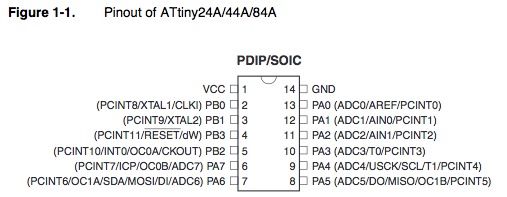

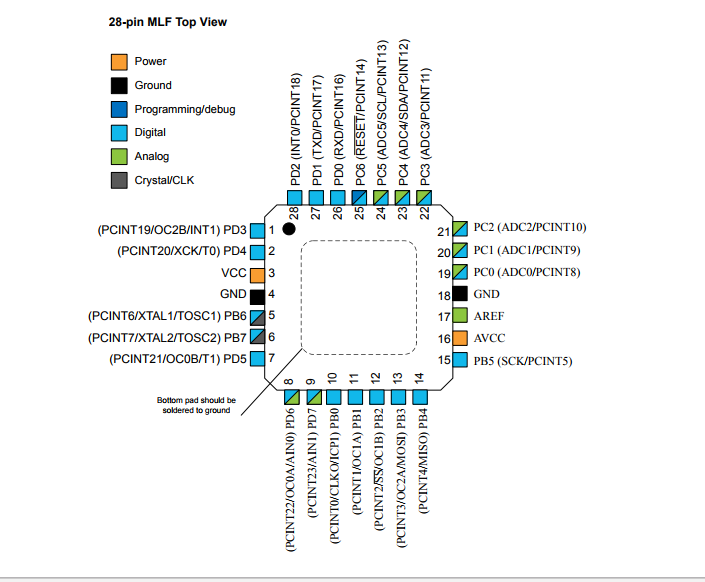
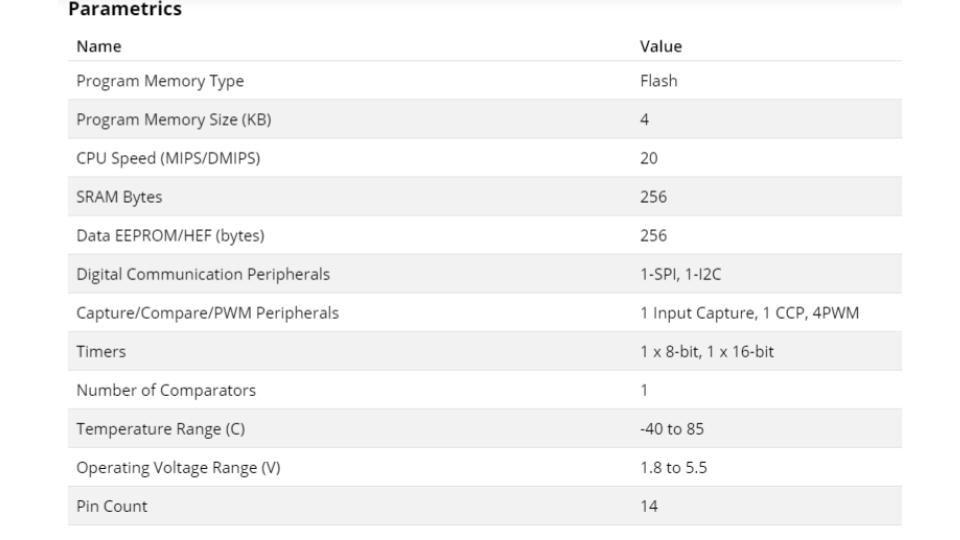
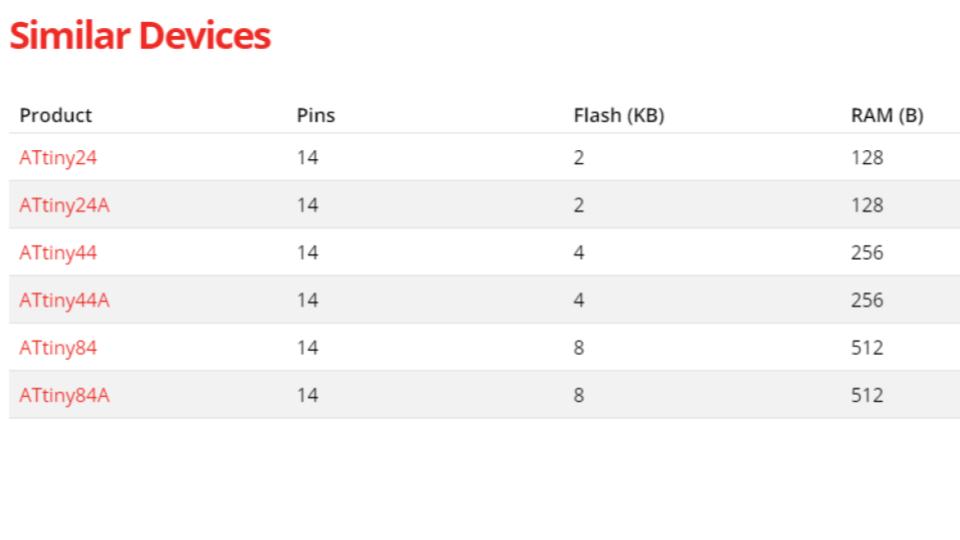
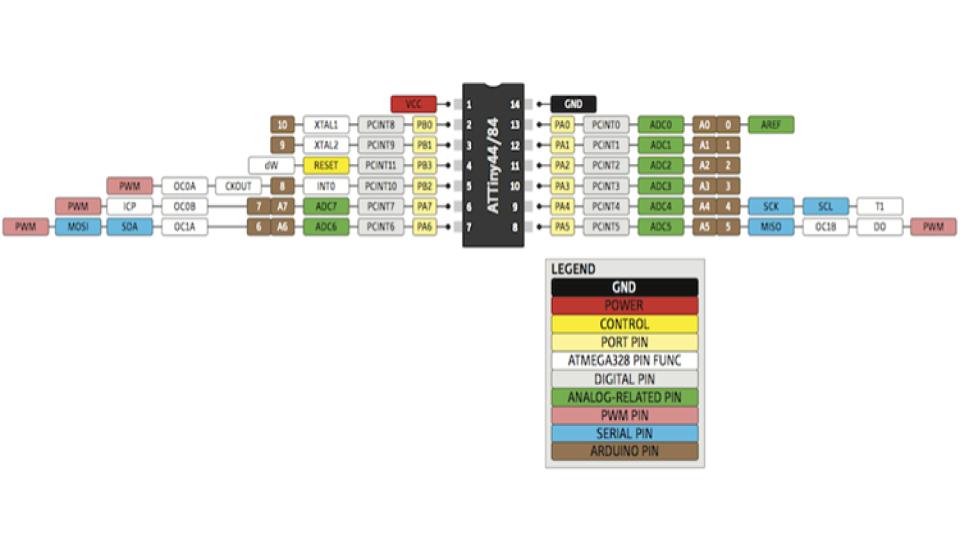
Mircocontroller & Microprocessor
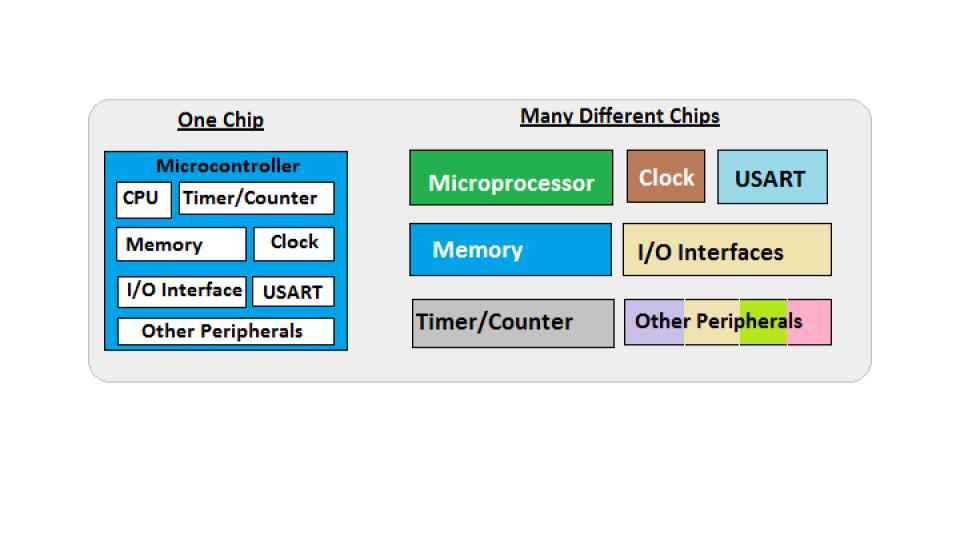
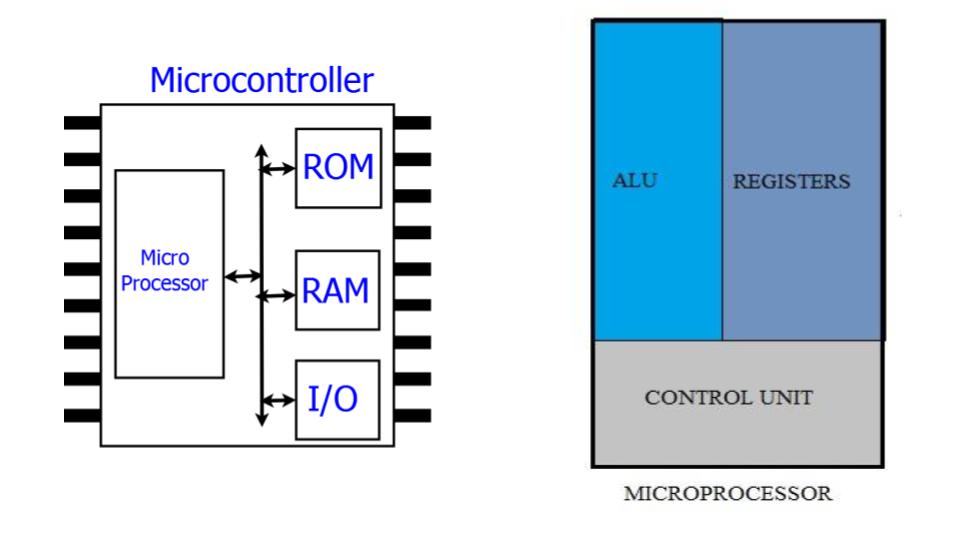
Advantages of a similar microcontroller vs microprocessor product
What is IC?
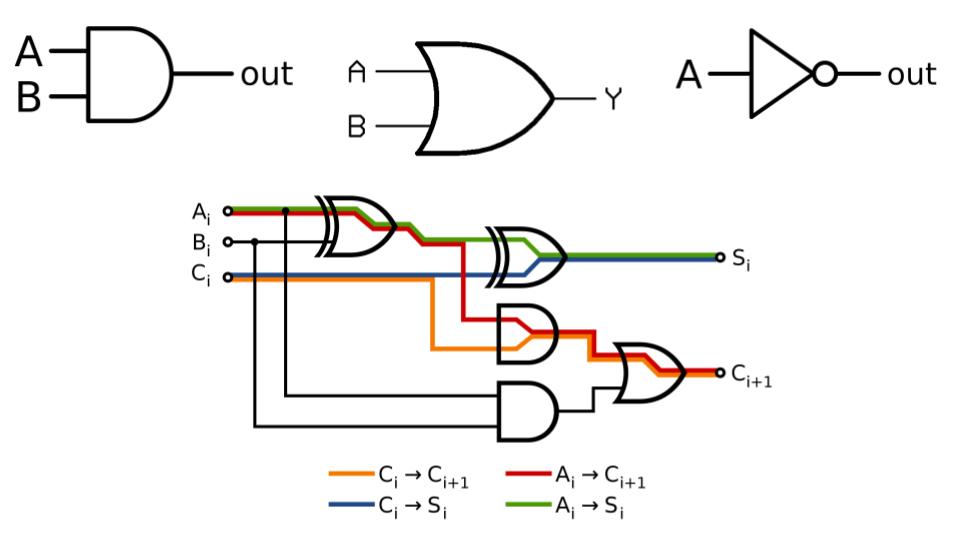
What is Embedded Programming?
For programming any board we need to include these pins in our board. Some notes to understand the ISP
MOSI :Master out Slave in
MISO :Master in Slave out
RST :reset pin
SCK :clock
VCC :Voltage supply
GND :Ground
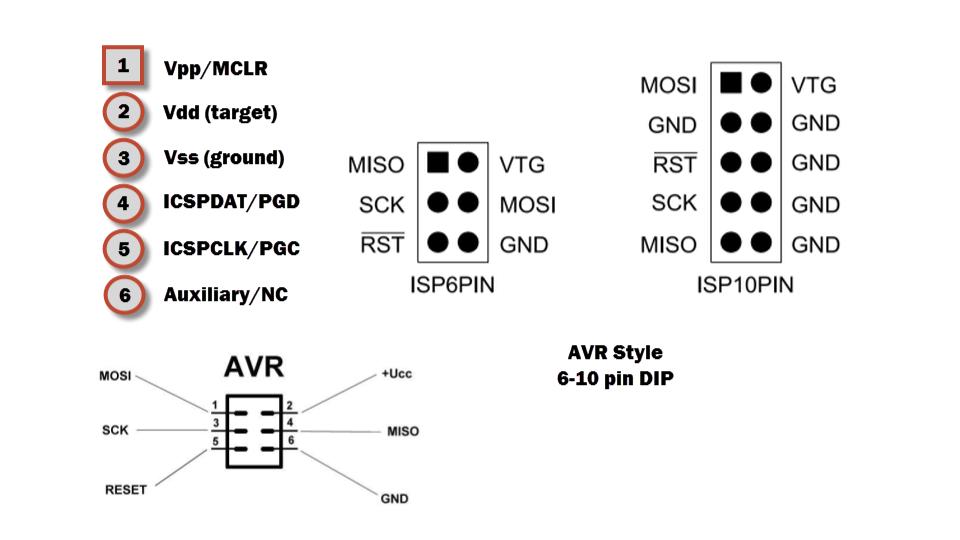

Group Assignment #6: Embedded Programming
Objectives of the Group Assignment:
ESP32 Development Board


ESP32 Datasheet


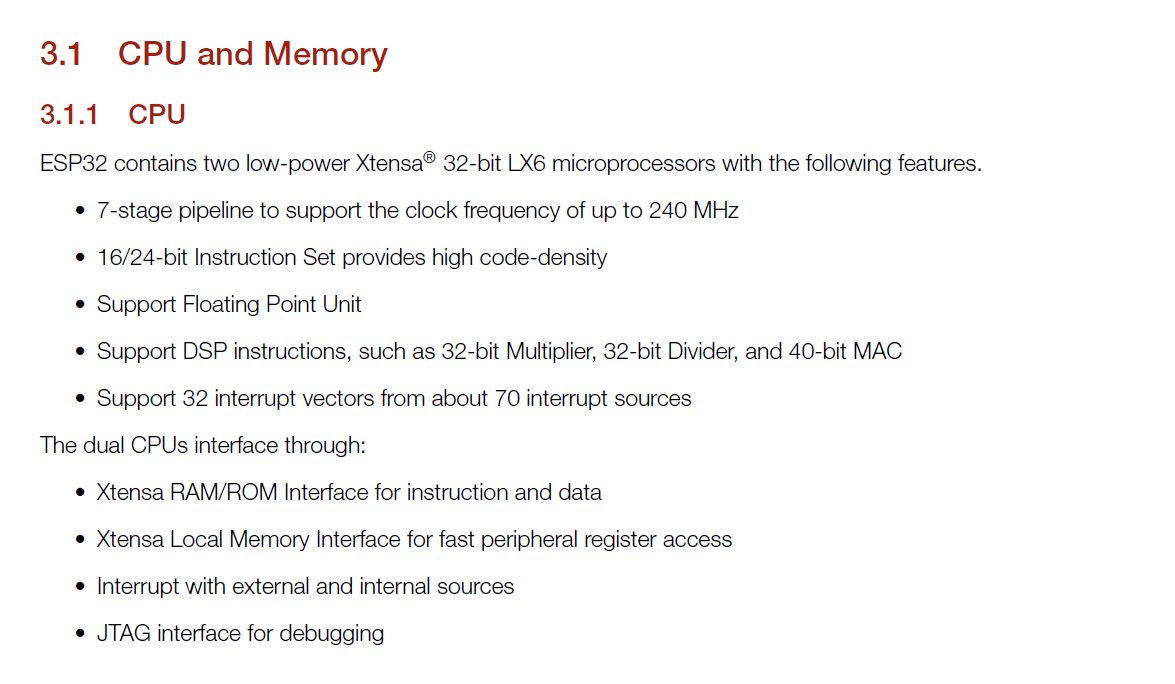

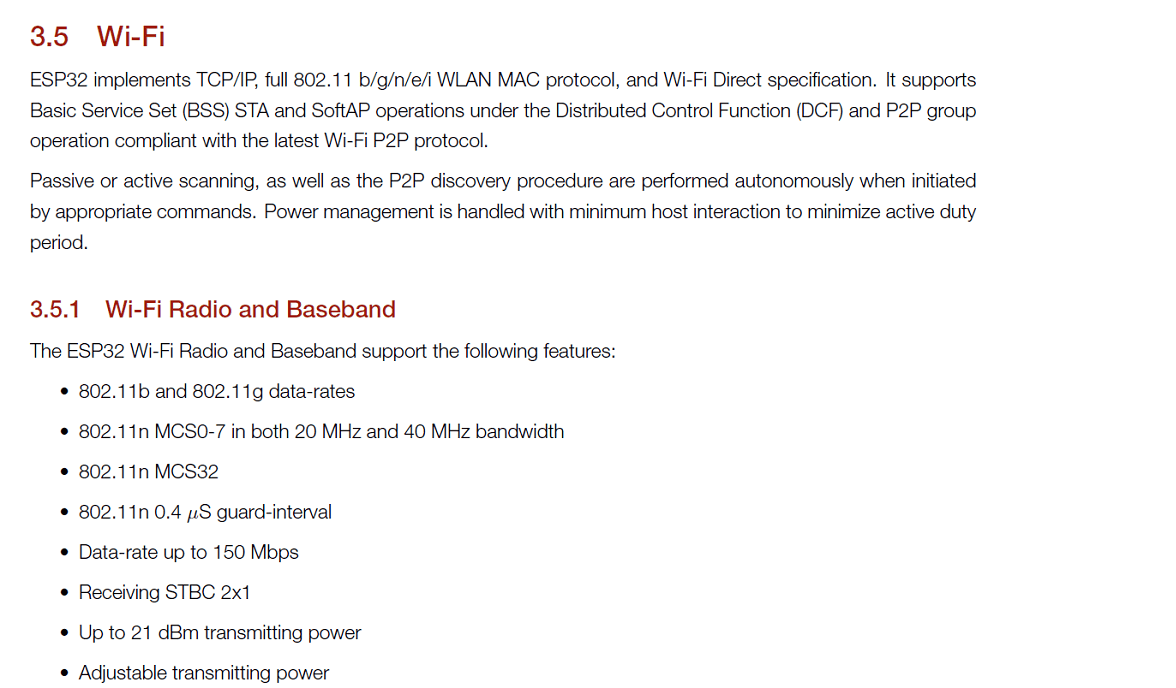
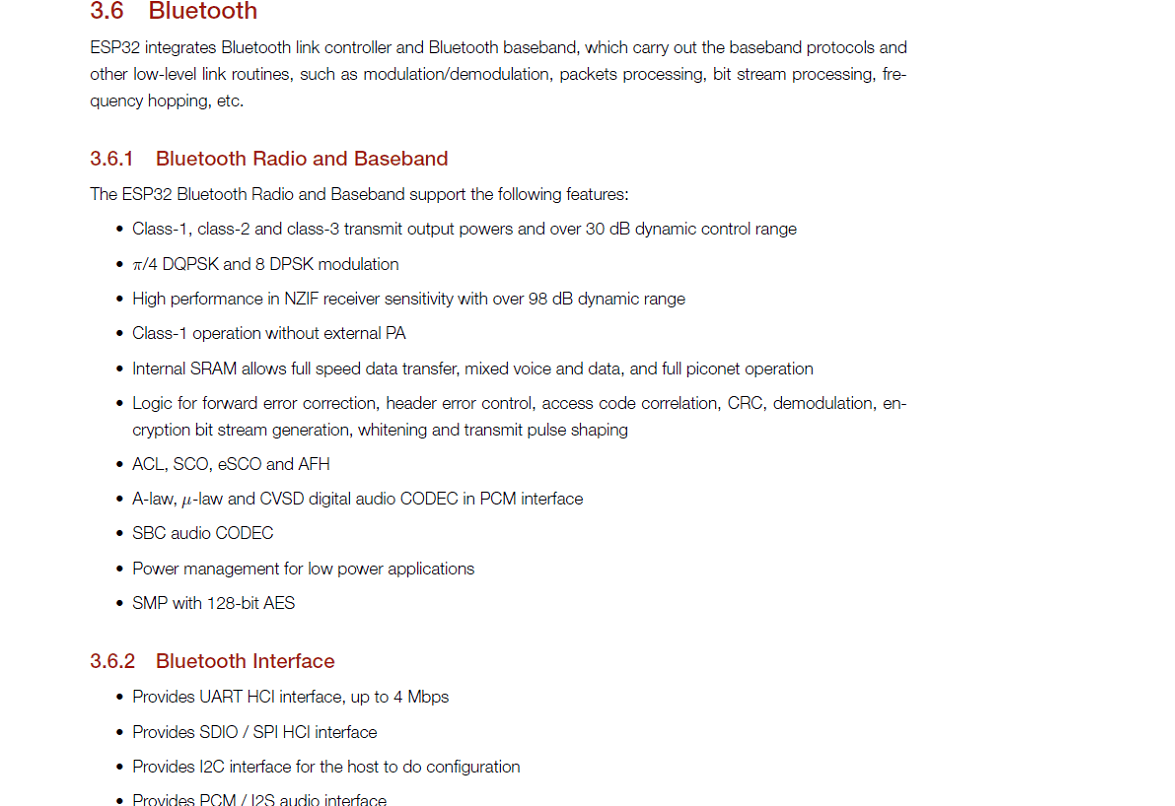

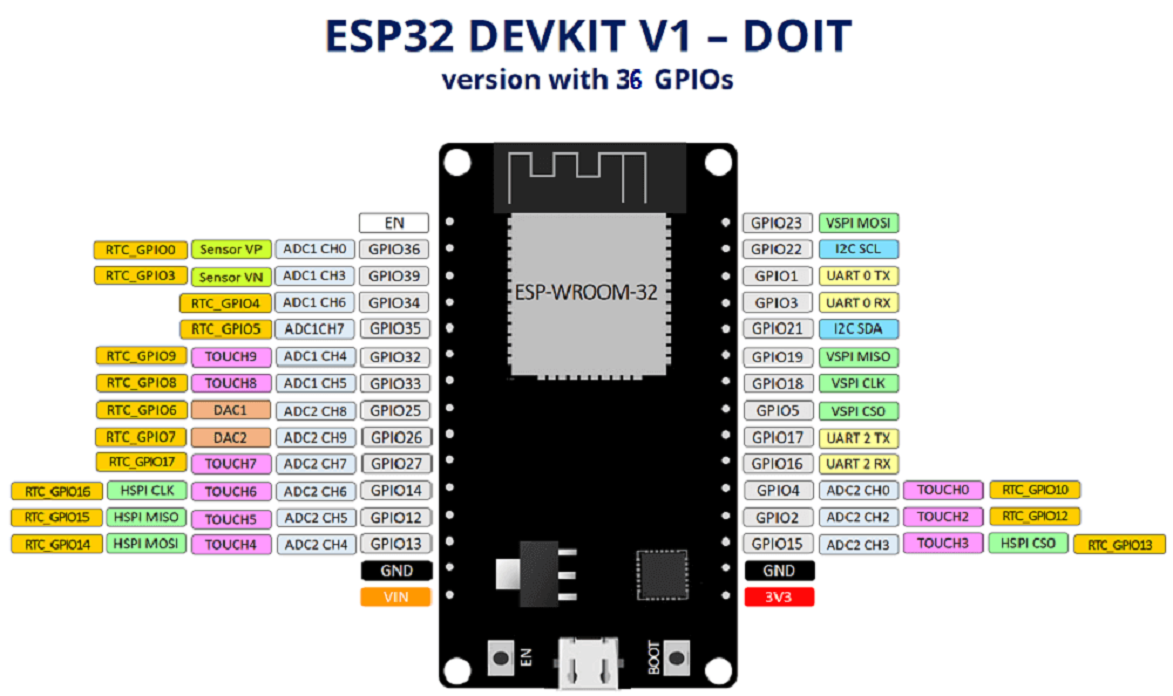
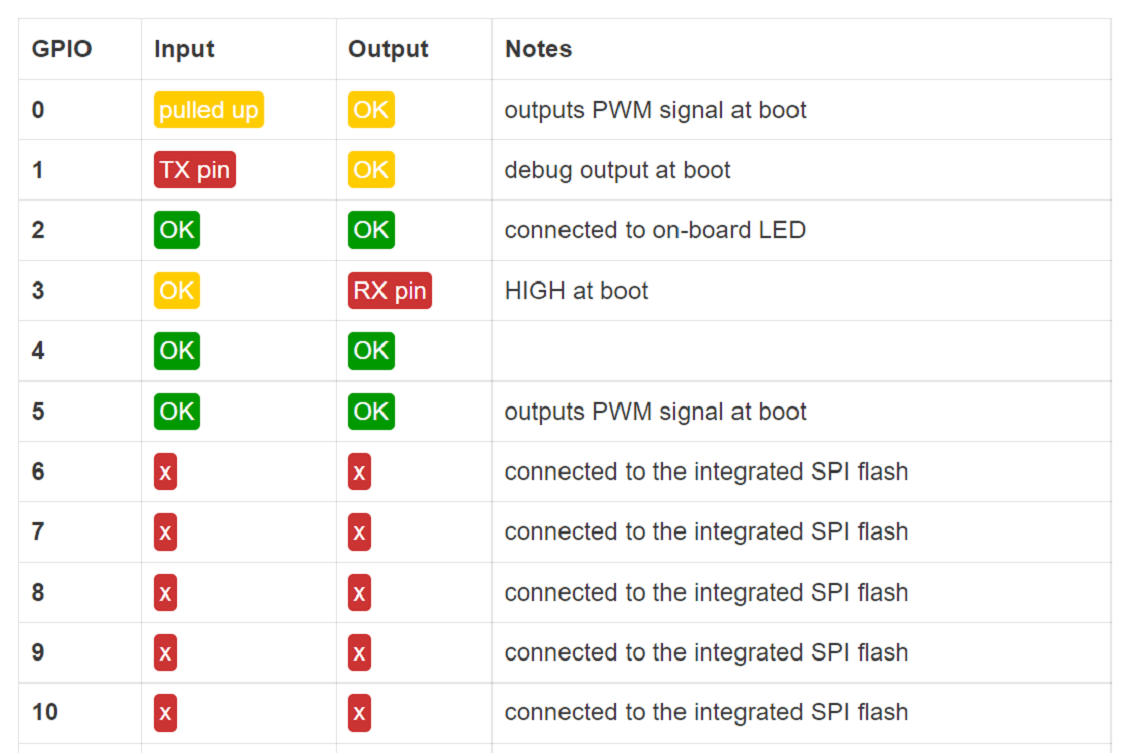
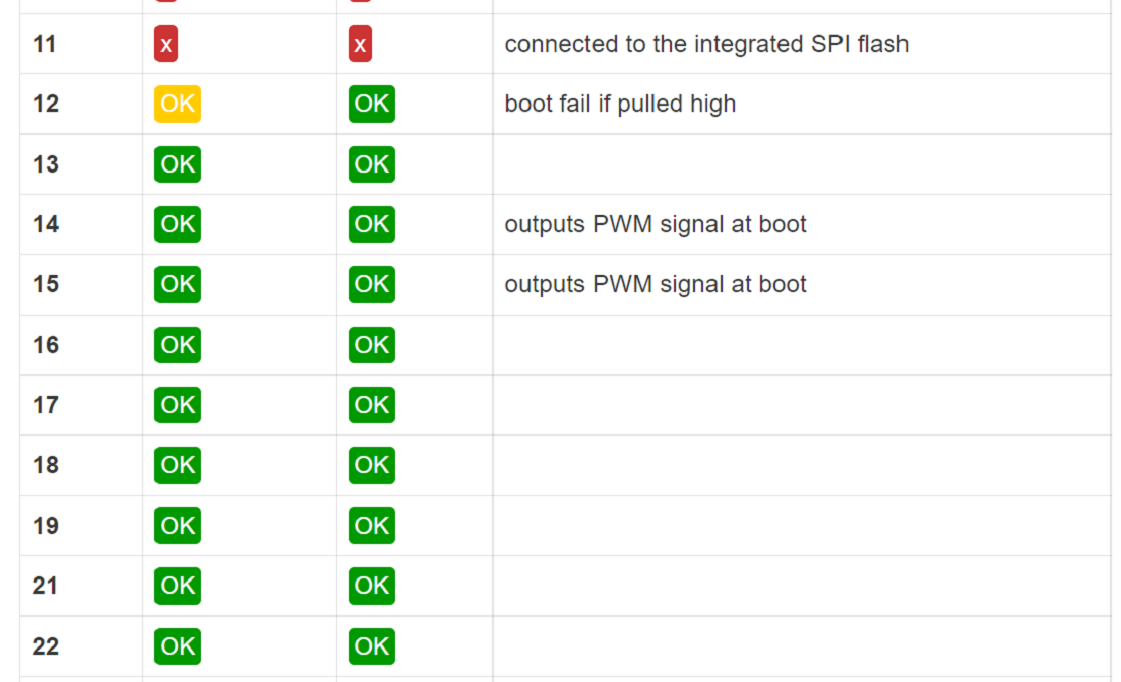
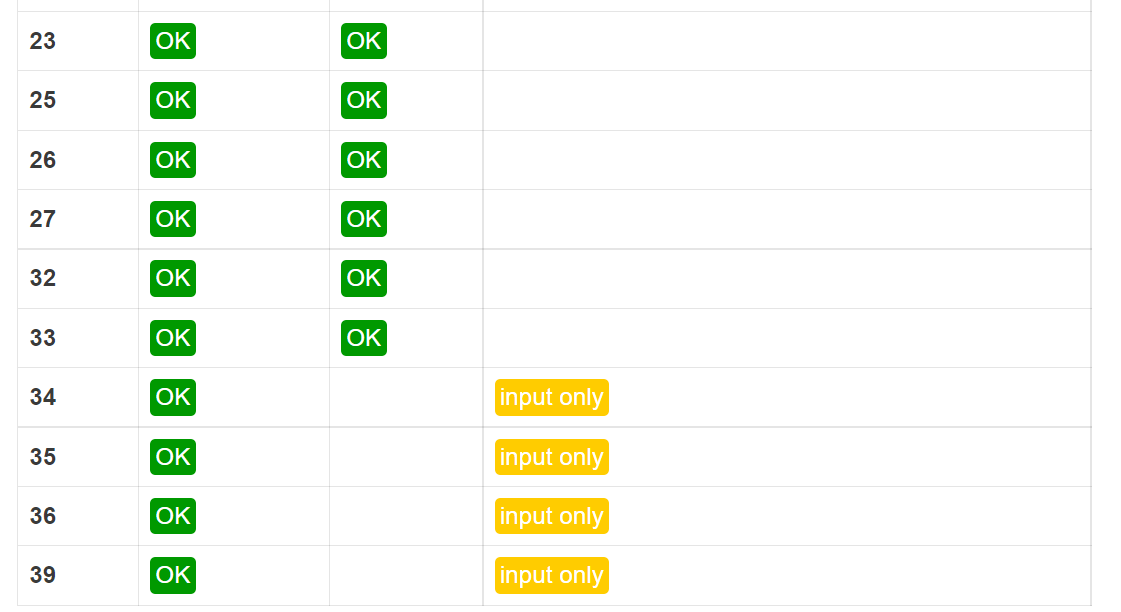
Comparison of Microcontrollers
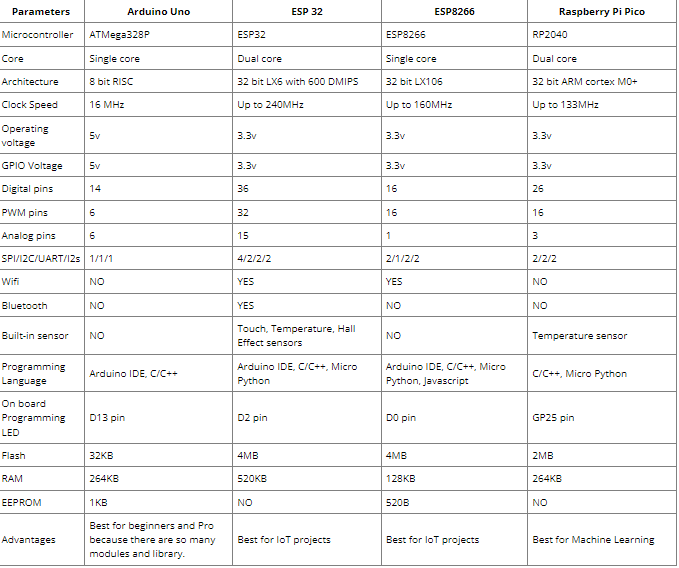
ESP32 vs ESP8266 - Pros and Cons
Programming ESP32 using Micro-python
Arduino
What is the Arduino ?
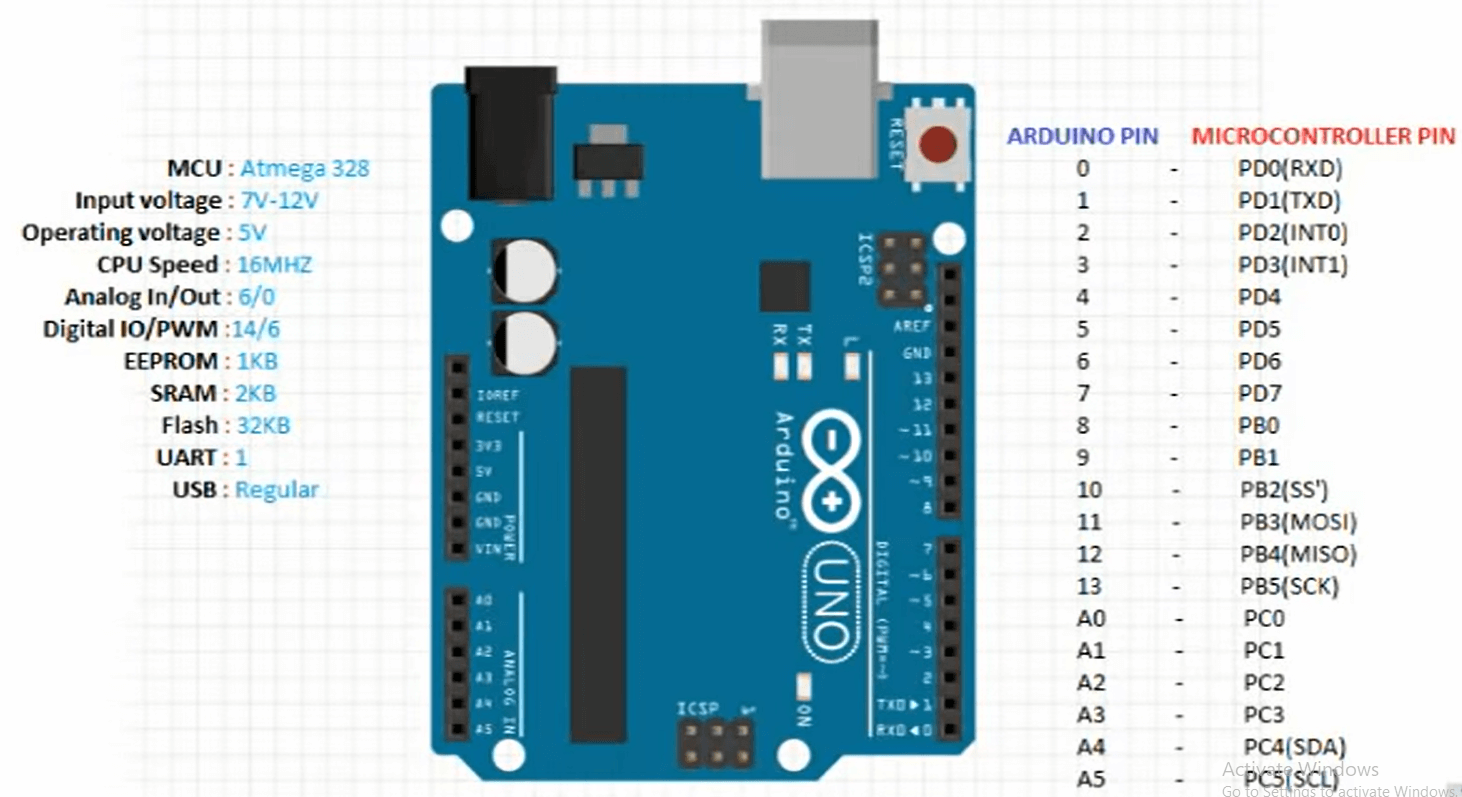
Arduino With LED Programming


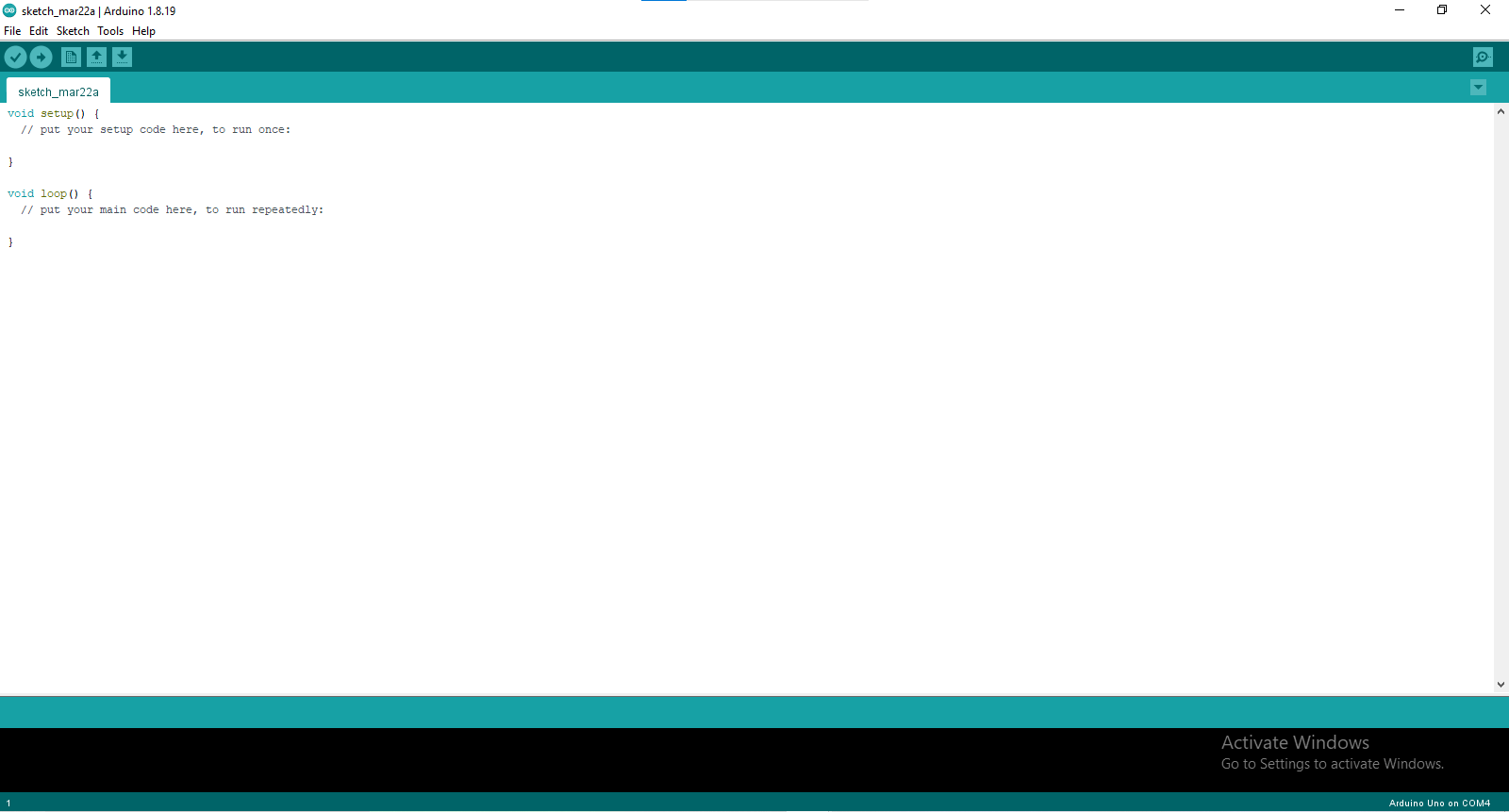
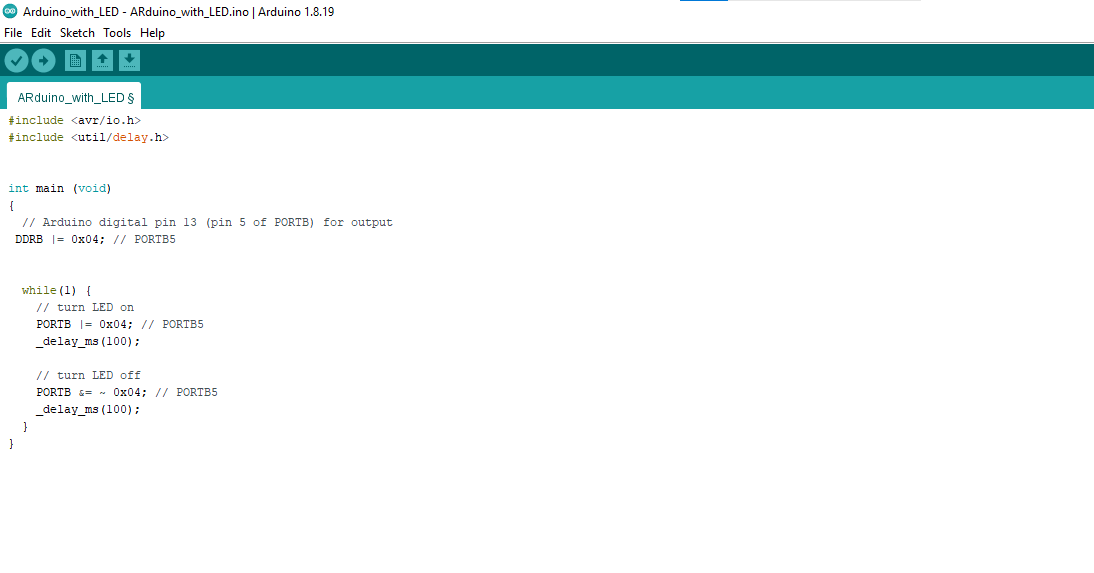
Step7: Arduino With LED Code.
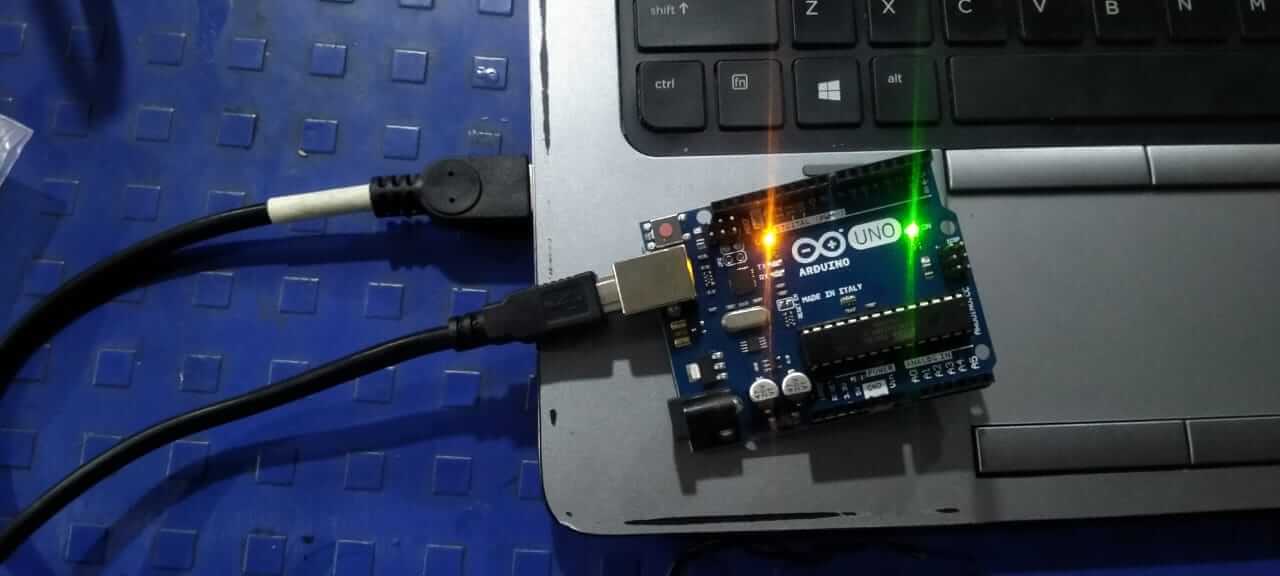
Step10: LED pin Number:
1)LED sort Leg Connect GND.
2)LED Long Leg Connect 10 Number Pin.
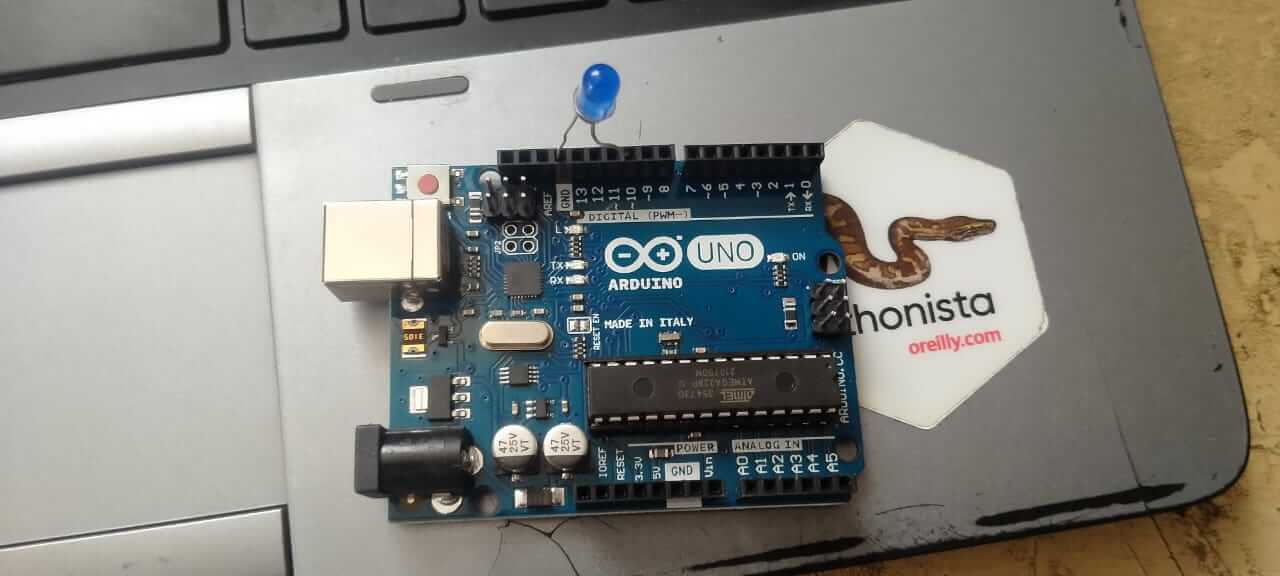


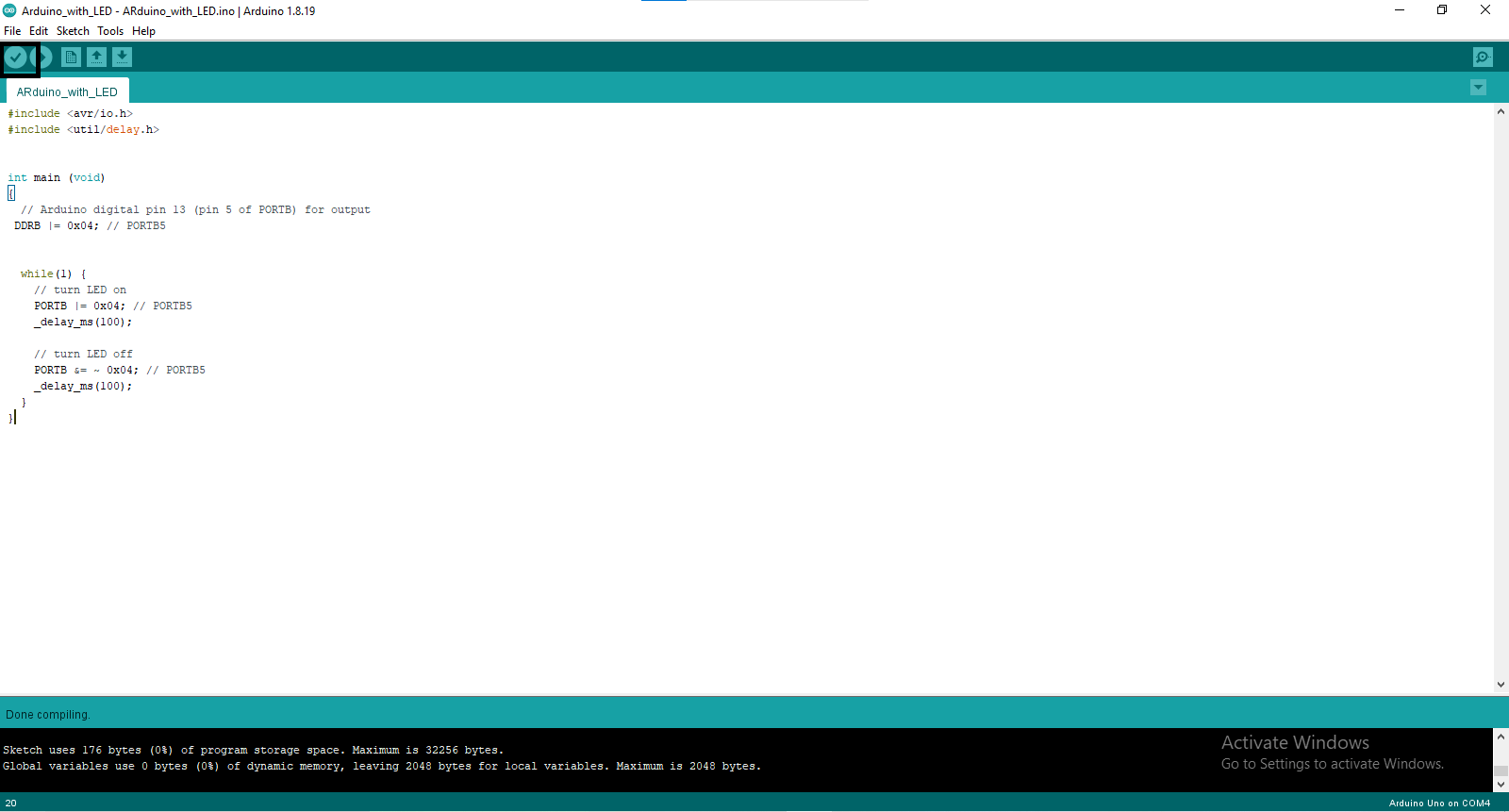
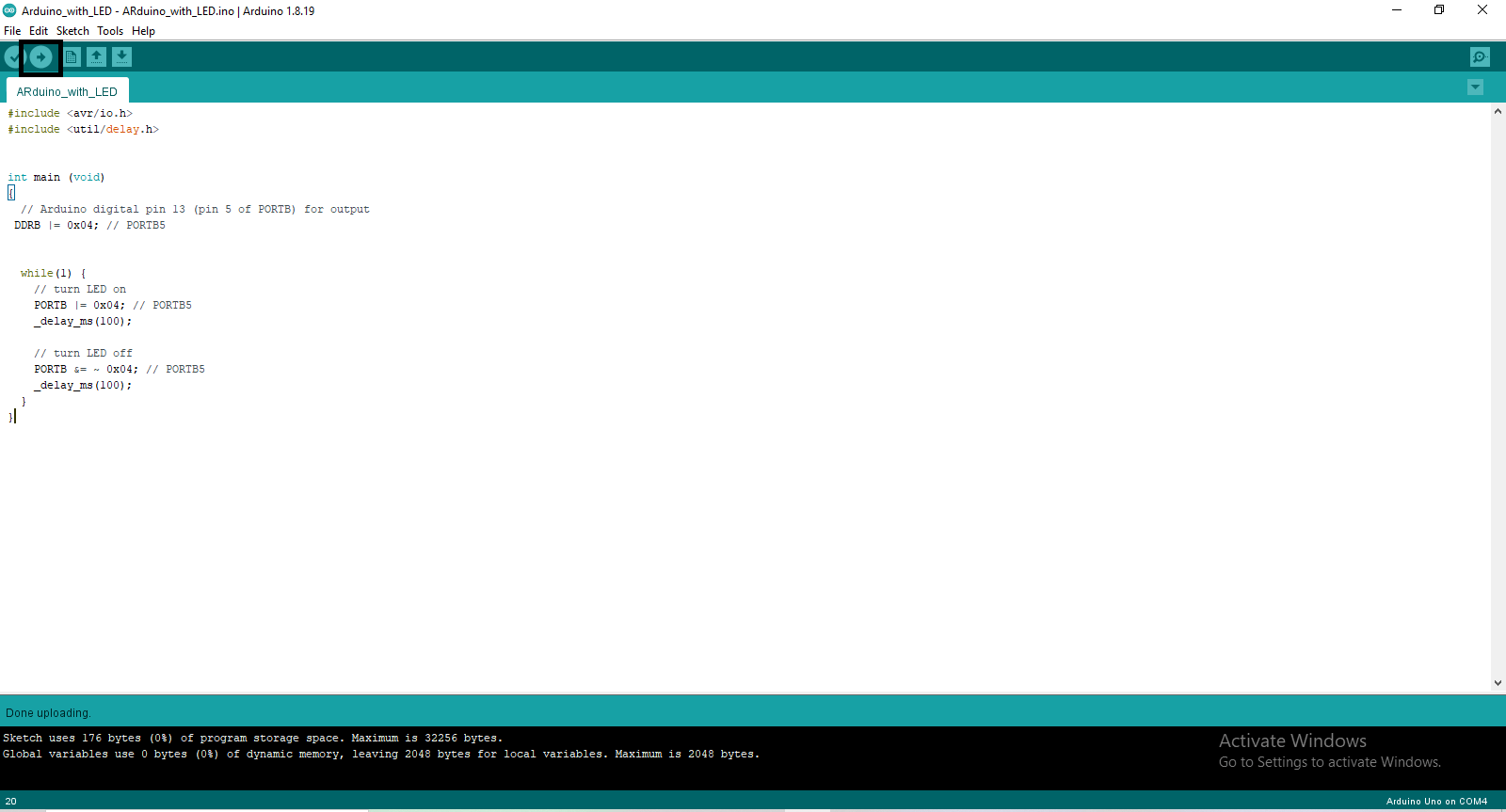
Arduino with LED Output Video
Programmed my “Hello World Board” using FabISP in Arduino:
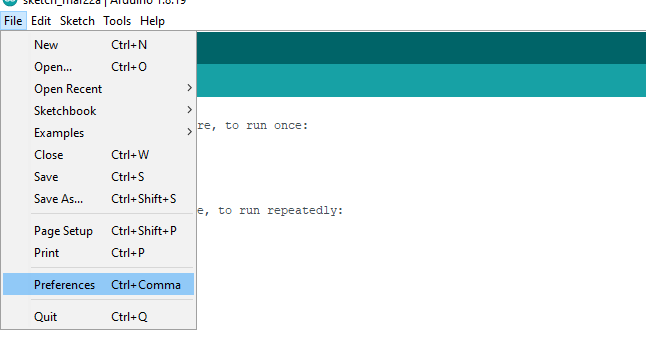
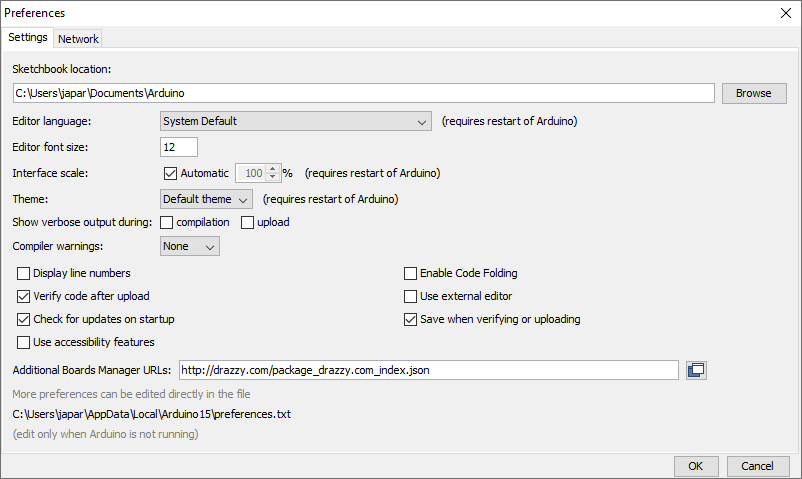
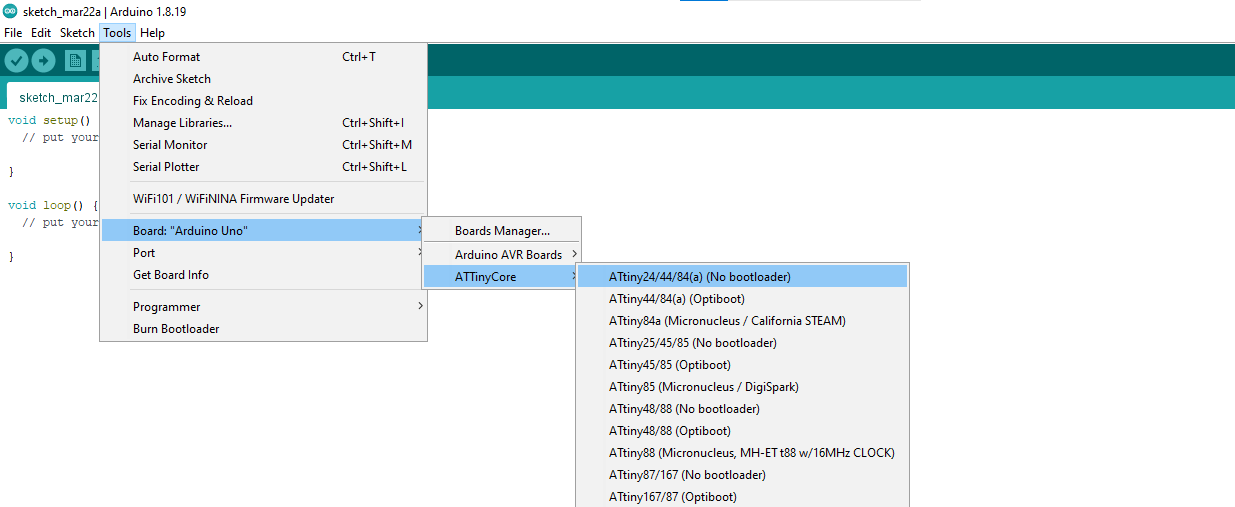
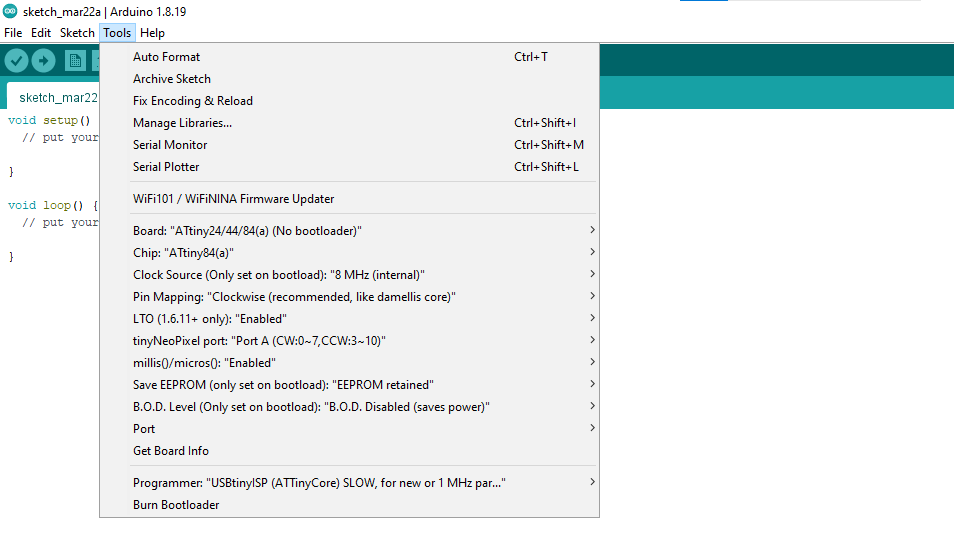
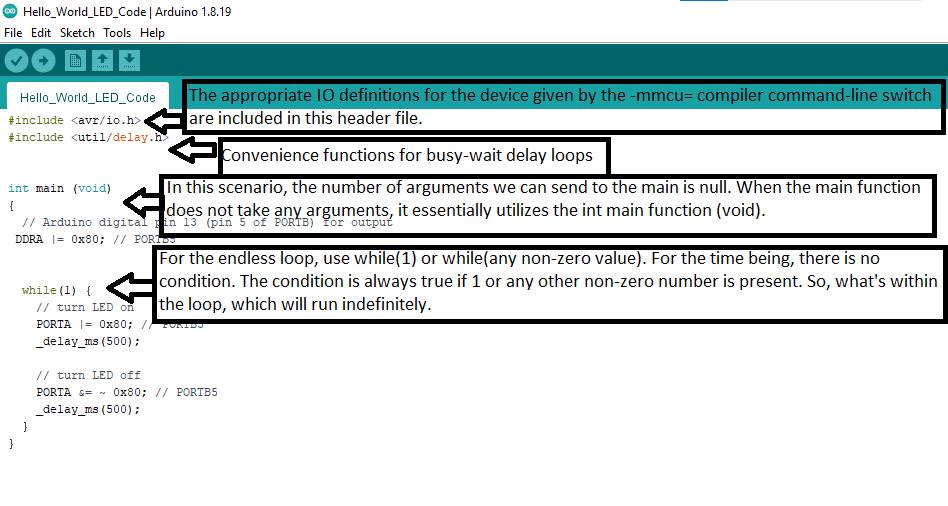
Step6: Code:
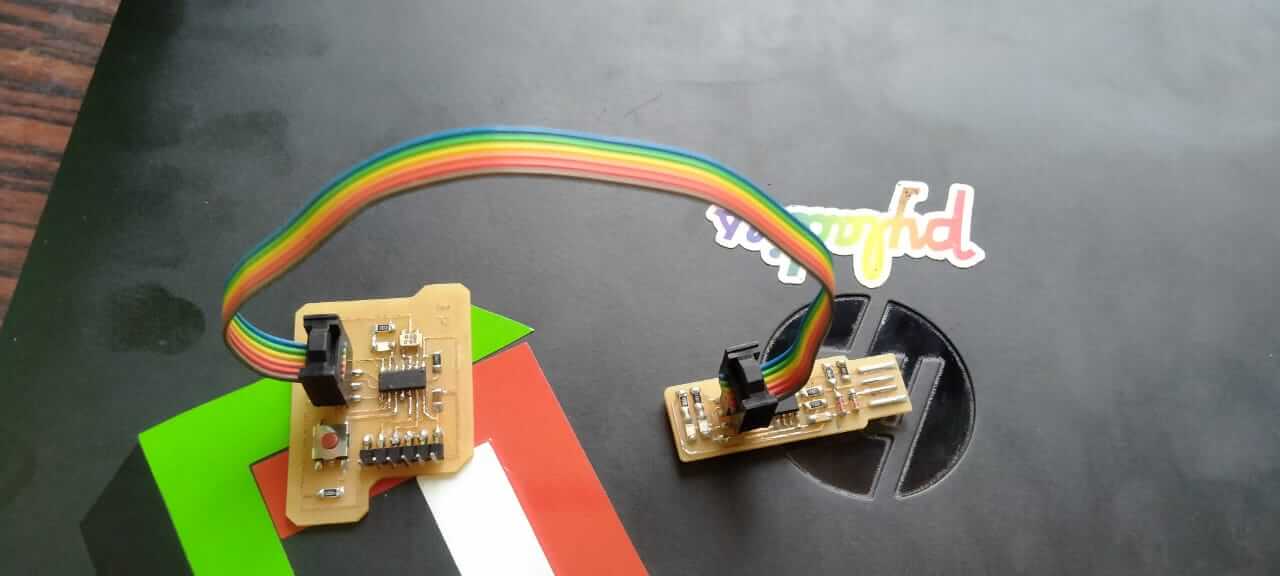
FabISP with Hello World Board Output Video
AVR Dude:
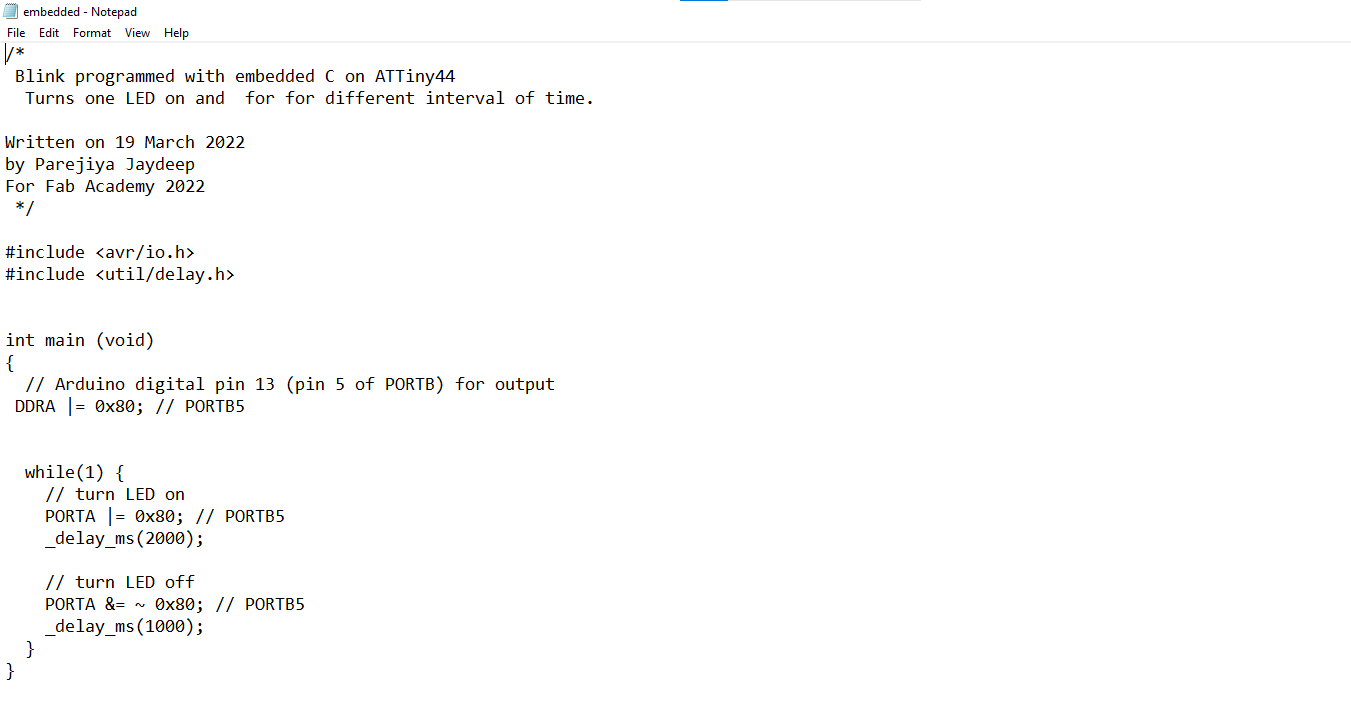
What is The Make File?

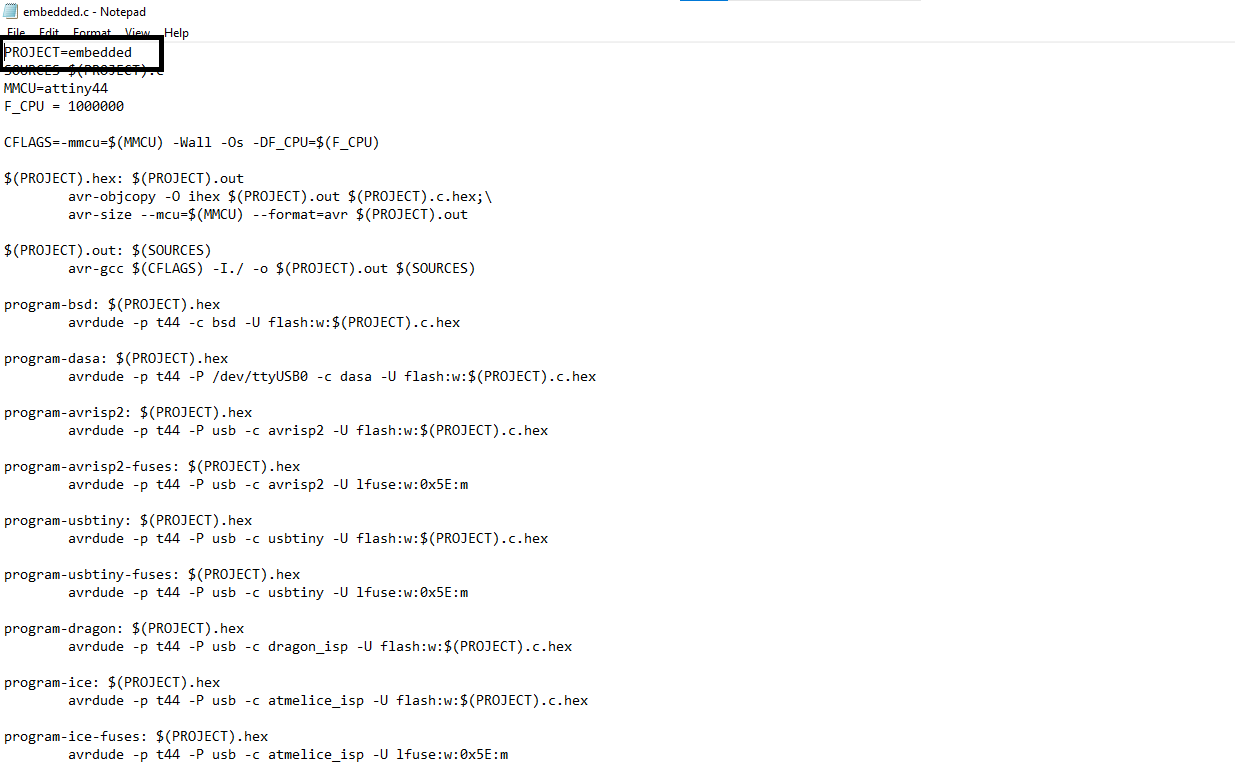



Step9: Code in Git Bash
$ make -f embedded.c.make
$ make -f embedded.c.make program-usbtiny-fuses
$ make -f embedded.c.make program-usbtiny
AVR Dute Output Video
Original File All
« Computer Controlled Machining | Week 08 Molding and Casting | Week 10 »
Safety Switch by Parejiya Jaydeep is licensed under CC BY-ND 4.0